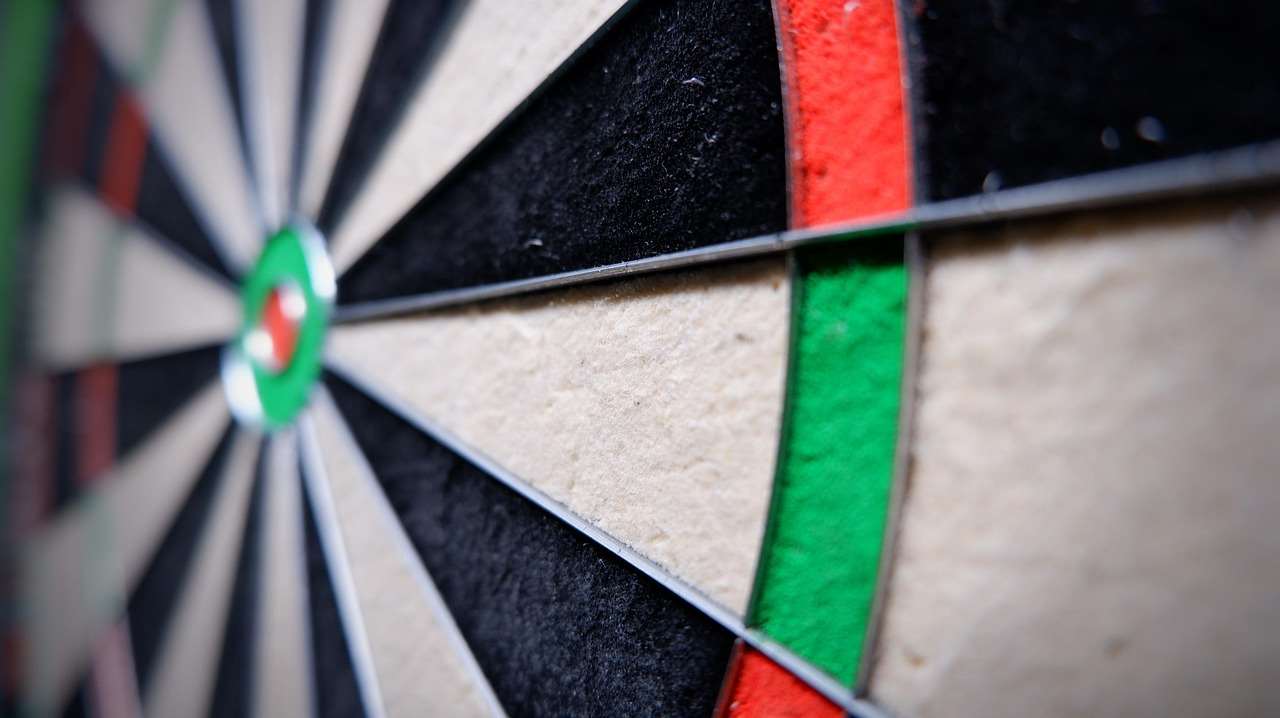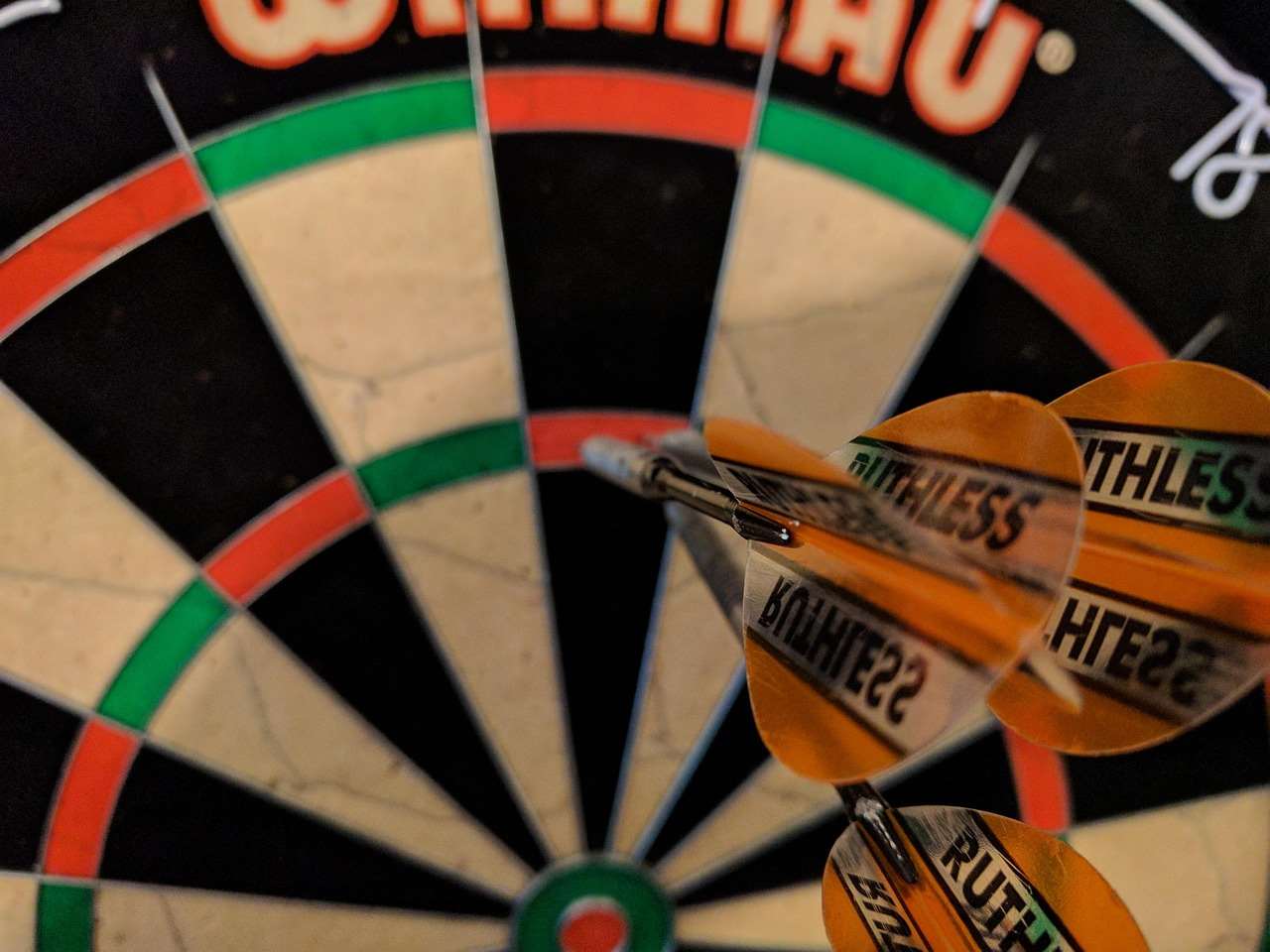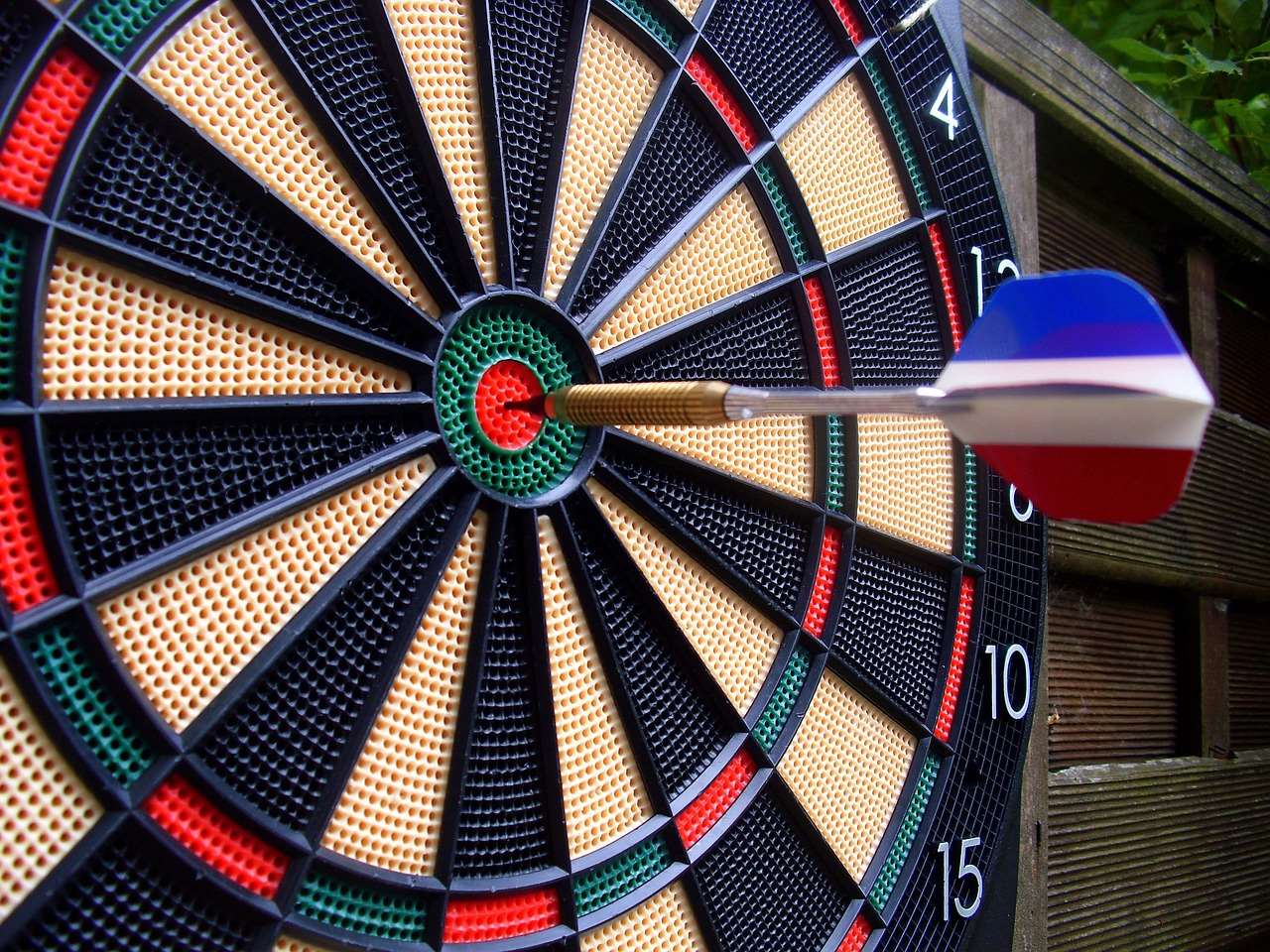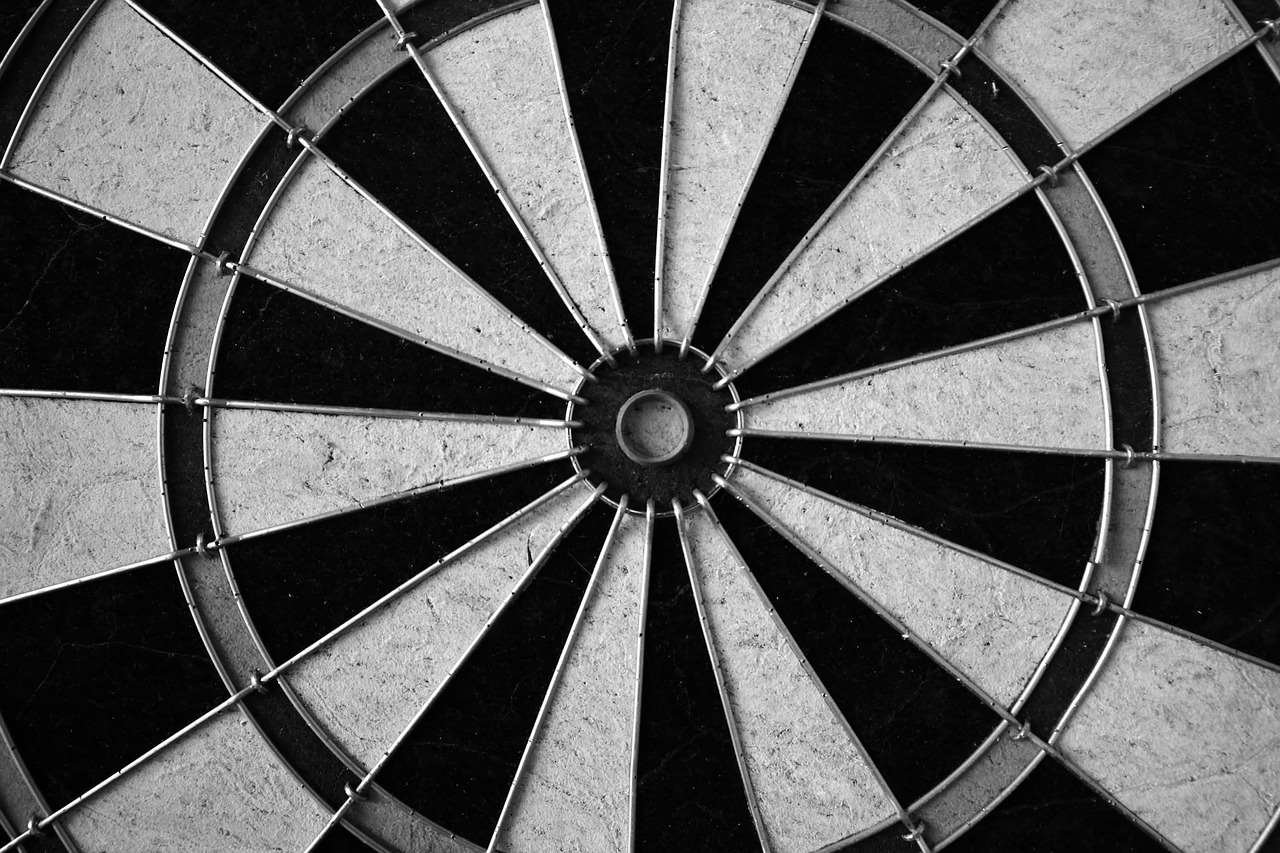The colorful and often quirky **terminology** surrounding darts adds a layer of richness to the game, evolving from practical descriptions to playful slang; understanding the **history of darts terminology** not only enhances appreciation but unlocks a deeper connection to its traditions. This article explores the origins and evolution of key darts terms, from the classic scoring designations to the slang that spices up pub banter.
⚠️ Still Using Pen & Paper (or a Chalkboard)?! ⚠️
Step into the future! The Dart Counter App handles all the scoring, suggests checkouts, and tracks your stats automatically. It's easier than you think!
Try the Smart Dart Counter App FREE!Ready for an upgrade? Click above!
Unraveling the History of Darts Terminology
The language of darts is a fascinating blend of historical accident, regional slang, and practical necessity. Many terms have surprisingly straightforward origins, while others are shrouded in mystery and local legend. Exploring the **history of darts terminology** reveals a vibrant narrative of pub culture, evolving gameplay, and the enduring appeal of this classic pastime. The very word “darts” itself has an interesting **history**, likely stemming from the Old English word “darath,” meaning a missile or spear.

The Anatomy of the Dartboard
Understanding the dartboard layout is crucial for grasping many darts terms. Here’s a breakdown:
- Bullseye: The center of the board, worth 50 points (double 25). The precise origin of this term in darts is less clear, though it’s a common archery term predating darts.
- Double Ring: The outer ring, doubling the value of the segment.
- Treble Ring: The inner ring, tripling the value of the segment. This is where skillful players aim for high scores.
- Single Segments: The areas between the rings, representing the base value of the number.
Interestingly, the layout of the numbers around the dartboard is not random. It’s designed to penalize inaccuracy. For instance, aiming near the 20 segment carries the risk of hitting the 1 or 5, both low-scoring numbers. This element of risk and reward is a key part of the game’s strategy.
Key Scoring Terms and Their Origins
Beyond the basic anatomy, specific scoring terms have unique and often humorous origins. Examining the **history of darts terminology** shows how cultural influences shaped the game’s lexicon.
The Magical 180
The term “180” is synonymous with perfection in darts – hitting three treble 20s in a single throw. There’s no real mystery about its origin; it simply represents the highest possible score achievable in one turn. The sheer difficulty and the visual spectacle of achieving a 180 have elevated it to legendary status.
“Ton” and “Ton 80”: A Century of Scoring
A “ton” refers to a score of 100. The term likely derives from the old English word “tun,” referring to a large barrel of wine. It signifies a significant accomplishment, similar to winning a “tun” of something valuable. “Ton 80,” of course, specifically denotes the perfect score of 180.
Shanghai: Hitting the Trifecta
“Shanghai” refers to hitting a single, double, and treble of the same number in a single turn. The term supposedly originated in the British Royal Navy. Legend has it that sailors in Shanghai enjoyed a dart game where achieving this feat resulted in an instant win, reflecting the city’s reputation as a place of opportunity and rapid fortune.

Bed and Breakfast: A Low-Scoring Night
A “Bed and Breakfast” in darts refers to a score of 26, achieved by hitting a single 1, single 5, and single 20. It’s a humorous term implying that the player is only scraping by, just enough to cover a basic night’s lodging. This reflects the importance of strategic play and the occasional frustrating reality of low scores.
Slang and Regional Variations in Darts Language
Beyond the formal scoring terms, darts boasts a rich tapestry of slang and regional variations. This informal language often reflects the social context of the game, evolving within pubs and local leagues. Understanding this slang adds another layer to your appreciation of the game. We explore how darts language has changed and evolved over time.
“Oche”: The Throwing Line
The “oche” (pronounced “ockey”) is the line from which players throw their darts. Its origin is somewhat debated, but theories range from it being a corruption of “hockey,” referencing a similar line in other games, to a more literal description of the obstruction or “hatch” the player stood behind. This is also a good time to learn some Basic Darts Fundamentals for Beginners.
“Chalking”: Keeping Score
“Chalking” refers to the practice of keeping score on a chalkboard, traditionally used in pubs. Although electronic scoreboards are now common, the term persists as a reminder of the game’s traditional roots.
“Robin Hood”: A Rare Occurrence
A “Robin Hood” occurs when a dart lands directly in the shaft of another dart, embedding itself. This is a relatively rare event, named after the legendary archer known for his incredible accuracy.

“Mugs Away”: A Matter of Etiquette
The phrase “mugs away” is a piece of darts etiquette traditionally used to indicate that the losing player of the previous game should buy the next round of drinks. It’s a lighthearted way to maintain camaraderie and celebrate the social aspect of the game.
The Evolution of Darts Terminology Through Time
The **history of darts terminology** is not static. New terms and slang continue to emerge, reflecting changes in gameplay, technology, and cultural trends. The rise of televised darts and professional leagues has also influenced the standardization and dissemination of certain terms.
The Impact of Professional Darts
The Professional Darts Corporation (PDC) and other professional organizations have played a significant role in shaping darts language. Televised events have popularized certain terms and phrases, making them more widely known and understood. Commentators and analysts have also contributed to the evolution of darts terminology, introducing new concepts and strategies.
Digital Scoreboards and New Lexicon
The advent of digital scoreboards has led to some changes in terminology. While “chalking” still lingers, terms related to electronic scoring, such as “checkout percentages” and “averages,” have become more prominent in professional analysis. If you are looking to learn more about modifying the game for newcomers, try Modifying rules for mixed-level dart players.

Regional Variations Persist
Despite the influence of professional darts, regional variations in language continue to thrive, particularly in local leagues and pubs. These variations add character and color to the game, reflecting the unique cultural contexts in which darts is played. One thing to bear in mind is how to make How to make darts fairer with handicap rules.
Preserving the Legacy of Darts Language
As darts continues to evolve, it’s important to preserve the **history of darts terminology** and the rich cultural heritage it represents. Documenting these terms and their origins helps ensure that future generations can appreciate the full depth and complexity of the game.
Darts Dictionaries and Glossaries
Several dictionaries and glossaries have been compiled to document darts terminology, providing valuable resources for players and enthusiasts. These resources help preserve the history and meaning of various terms, ensuring they are not lost over time.
Oral Histories and Local Legends
Collecting oral histories and local legends surrounding darts terms can provide valuable insights into their origins and evolution. Interviewing seasoned players and pub owners can uncover hidden stories and anecdotes that enrich our understanding of the game’s cultural heritage.

Supporting Local Darts Leagues
Supporting local darts leagues and pubs helps preserve the social context in which much of darts terminology originated. These venues provide spaces for players to interact, share stories, and pass on the traditions of the game. Here are some ideas for Fun dart game variations with modified rules.
Conclusion: The Enduring Appeal of Darts Terminology
The **history of darts terminology** is a captivating journey through pub culture, sporting tradition, and the evolution of language. From the straightforward descriptions of scoring areas to the colorful slang that spices up the game, each term tells a story. By understanding the origins and evolution of these terms, we gain a deeper appreciation for the enduring appeal of darts. So, grab your darts, brush up on your terminology, and head to your local pub for a friendly game. And be sure to share your knowledge of darts history – you might just impress your opponents!
Hi, I’m Dieter, and I created Dartcounter (Dartcounterapp.com). My motivation wasn’t being a darts expert – quite the opposite! When I first started playing, I loved the game but found keeping accurate scores and tracking stats difficult and distracting.
I figured I couldn’t be the only one struggling with this. So, I decided to build a solution: an easy-to-use application that everyone, no matter their experience level, could use to manage scoring effortlessly.
My goal for Dartcounter was simple: let the app handle the numbers – the scoring, the averages, the stats, even checkout suggestions – so players could focus purely on their throw and enjoying the game. It began as a way to solve my own beginner’s problem, and I’m thrilled it has grown into a helpful tool for the wider darts community.